What Safety Precautions Should I Take in My Cabin?
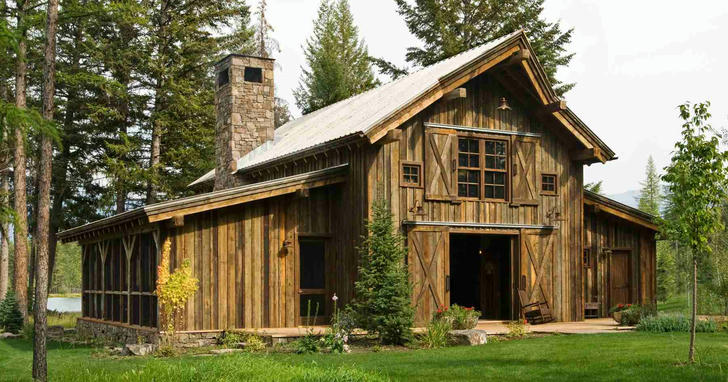
Owning a cabin can be a wonderful escape into nature, providing a serene environment for relaxation and recreation. However, it also comes with unique safety considerations. Ensuring the safety of your cabin not only protects your property but also the well-being of everyone who visits. Here are essential safety precautions to take in your cabin to create a secure and comfortable environment.
1.Fire Safety Measures
Fire hazards can pose a significant risk, especially in wooden structures like cabins. The first step in ensuring fire safety is to install smoke detectors in key areas such as the kitchen, bedrooms, and common areas. Regularly check and replace batteries to keep them functioning effectively.
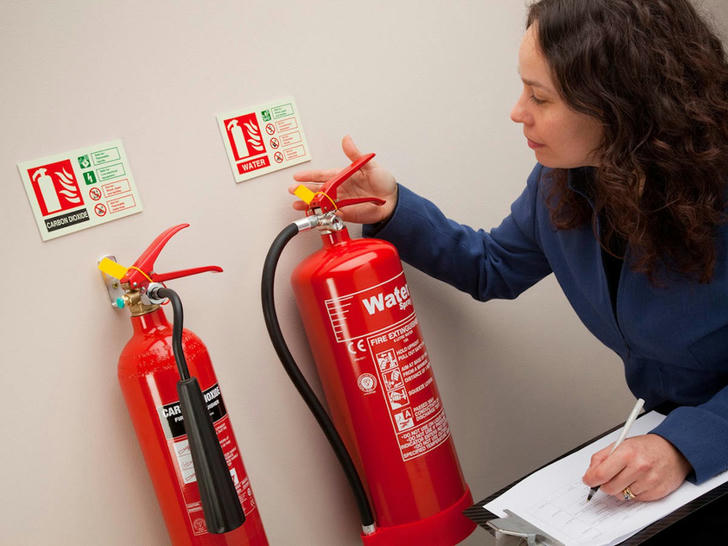
Practical Tip:
Consider investing in a fire extinguisher that is easily accessible, particularly in the kitchen. Make sure everyone in the cabin knows its location and how to use it. Additionally, establish a fire escape plan that includes multiple exits and a designated meeting spot outside the cabin.
2. Secure Your Cabin
Cabin security is crucial, particularly if you leave the property unattended for extended periods. Taking proactive measures can deter break-ins and protect your belongings. Start by installing sturdy locks on all doors and windows. Consider adding deadbolts for added security.
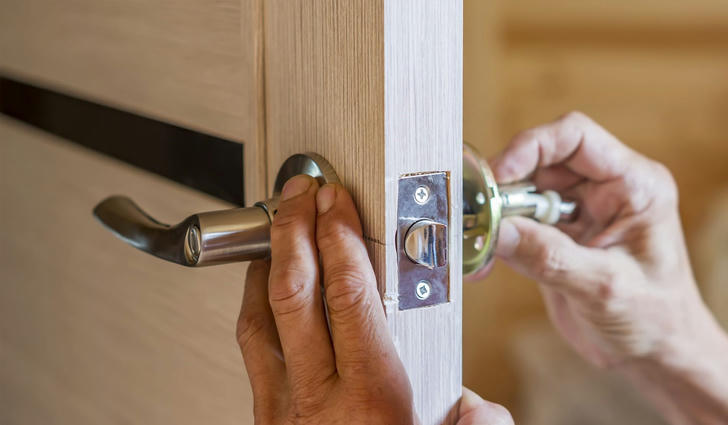
Practical Tip:
Enhance security with motion-activated outdoor lighting around entry points. Installing a security system or cameras can also provide peace of mind. If your cabin is in a remote area, consider building good relationships with neighbors who can keep an eye on your property in your absence.
3. Safe Use of Heating Sources
Many cabins rely on wood stoves, fireplaces, or space heaters for warmth, especially during colder months. While these sources create a cozy atmosphere, they also require proper handling and maintenance to prevent accidents.
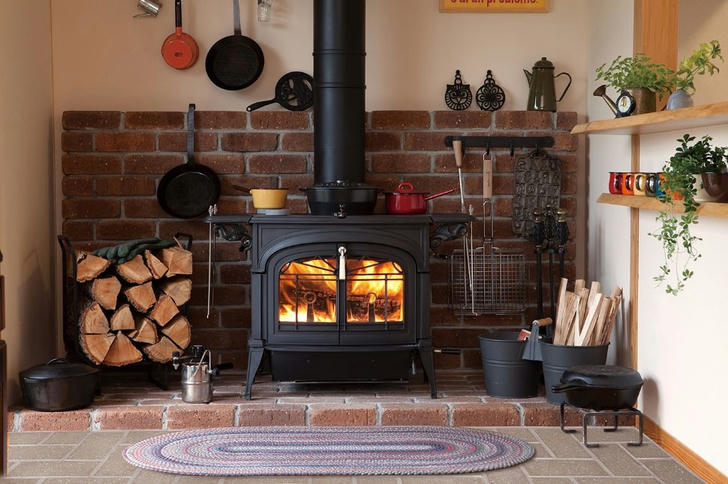
Practical Tip:
Always follow the manufacturer’s guidelines for using heating equipment. Ensure that chimneys and flues are cleaned and inspected annually to prevent chimney fires. Use fire screens to protect against sparks and always keep flammable materials, such as blankets or firewood, at a safe distance from heating sources.
4. Outdoor Safety Precautions
Cabin life often involves outdoor activities, which can present various risks. Whether hiking, fishing, or simply enjoying the surroundings, it’s important to prioritize outdoor safety. Always inform someone of your plans, including expected return times, particularly if venturing into remote areas.
Practical Tip:
Equip your cabin with a well-stocked first-aid kit and ensure that it is easily accessible. Familiarize yourself with basic first-aid procedures and have a reliable means of communication, such as a fully charged phone or two-way radios, especially in areas with limited cell service.
5. Wildlife Awareness
Depending on the location of your cabin, wildlife encounters can be both thrilling and dangerous. Animals such as bears, raccoons, or snakes may be drawn to your cabin due to food sources or shelter. It's essential to take precautions to minimize interactions.
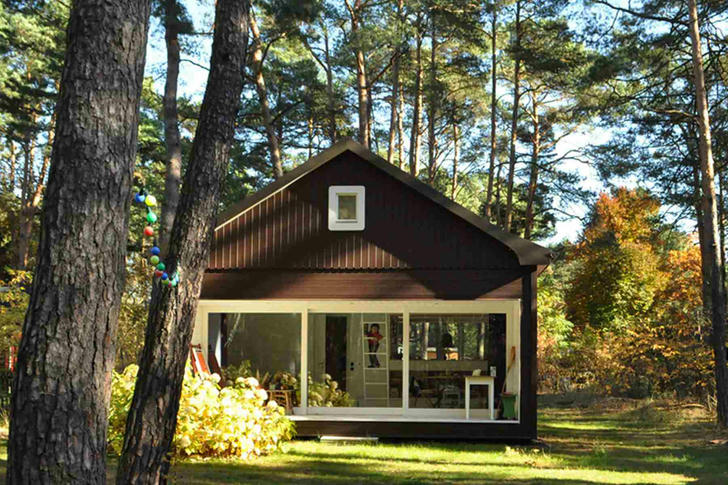
Practical Tip:
Store food and trash in bear-proof containers or inside locked areas to deter wildlife. Educate yourself and your guests about local wildlife and the appropriate responses to encounters. Keep doors and windows closed when not in use, and consider installing screens to prevent animals from entering.
6. Child and Pet Safety
If your cabin is a family-friendly space that includes children and pets, special considerations are necessary to ensure their safety. Potential hazards can include sharp edges, open flames, or steep stairs.
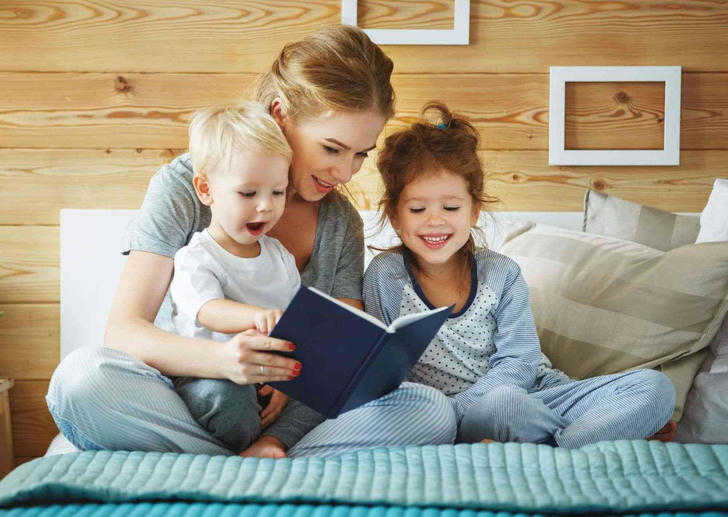
Practical Tip:
Childproof your cabin by securing heavy furniture to the walls, covering electrical outlets, and keeping hazardous materials, such as cleaning supplies or tools, out of reach. If there are steep stairs, consider installing safety gates. For pets, provide a secure area to prevent them from wandering off or getting into hazardous situations.
7. Maintain Clear Walkways
Cluttered or uneven pathways can lead to trips and falls, posing a significant risk for injury. Keeping outdoor and indoor walkways clear and well-maintained is essential for safety.
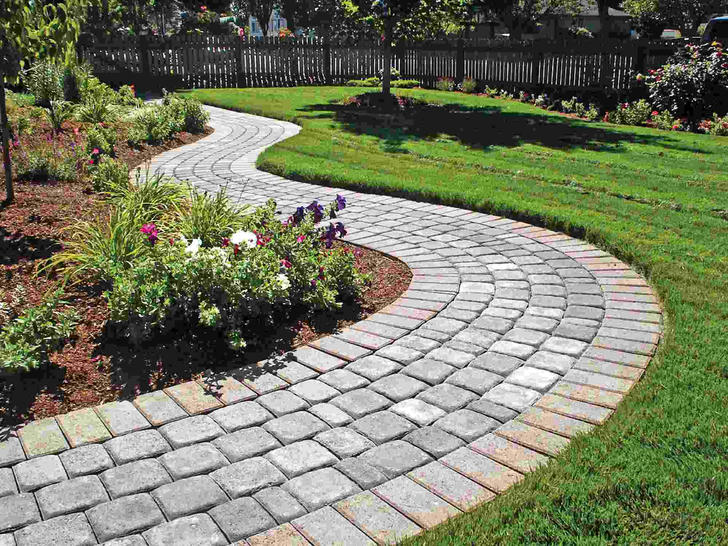
Practical Tip:
Regularly inspect and clear pathways of debris, such as leaves or snow, to prevent slips. Use outdoor mats or rugs in entry areas to help reduce dirt and moisture from entering the cabin. Additionally, consider using non-slip materials for decks and stairs to enhance traction, especially in wet or icy conditions.
8. Emergency Preparedness
Being prepared for emergencies is vital in cabin living. Natural disasters, such as storms or wildfires, can occur unexpectedly, so having a plan in place is essential.
Practical Tip:
Create an emergency kit stocked with essential supplies, including water, non-perishable food, flashlights, batteries, first-aid items, and important documents. Develop an emergency evacuation plan, including designated meeting spots and routes, and practice the plan with family members to ensure everyone knows what to do in case of an emergency.
9. Regular Maintenance Checks
Routine maintenance is essential for ensuring the long-term safety and comfort of your cabin. Regularly inspect the structure for any signs of damage, such as leaks, rotting wood, or pest infestations.
Practical Tip:
Establish a seasonal checklist for maintenance tasks, such as checking the roof, gutters, and plumbing. Ensure that all safety devices, such as smoke detectors and carbon monoxide detectors, are in working order. Addressing small issues promptly can prevent larger, more costly problems down the line.
10. Trust Your Instincts
Lastly, one of the best safety precautions you can take is to trust your instincts. If something feels off or unsafe, take action. Whether it’s avoiding a risky hiking trail, securing a door, or speaking up about a potential hazard, your intuition is a powerful tool for maintaining a safe environment.
Practical Tip:
Encourage open communication among family and guests regarding safety concerns. Create an environment where everyone feels comfortable discussing potential risks or hazards, fostering a culture of safety that extends to all aspects of cabin living.
Conclusion
Cabin living can provide a delightful escape, but it’s essential to prioritize safety. By implementing these precautions—ranging from fire safety measures to wildlife awareness—you can create a secure and comfortable environment for all who visit. Remember, preparation is key; taking the time to address safety concerns will enhance your cabin experience and allow you to focus on what truly matters: enjoying the beauty of nature and creating lasting memories with loved ones.
